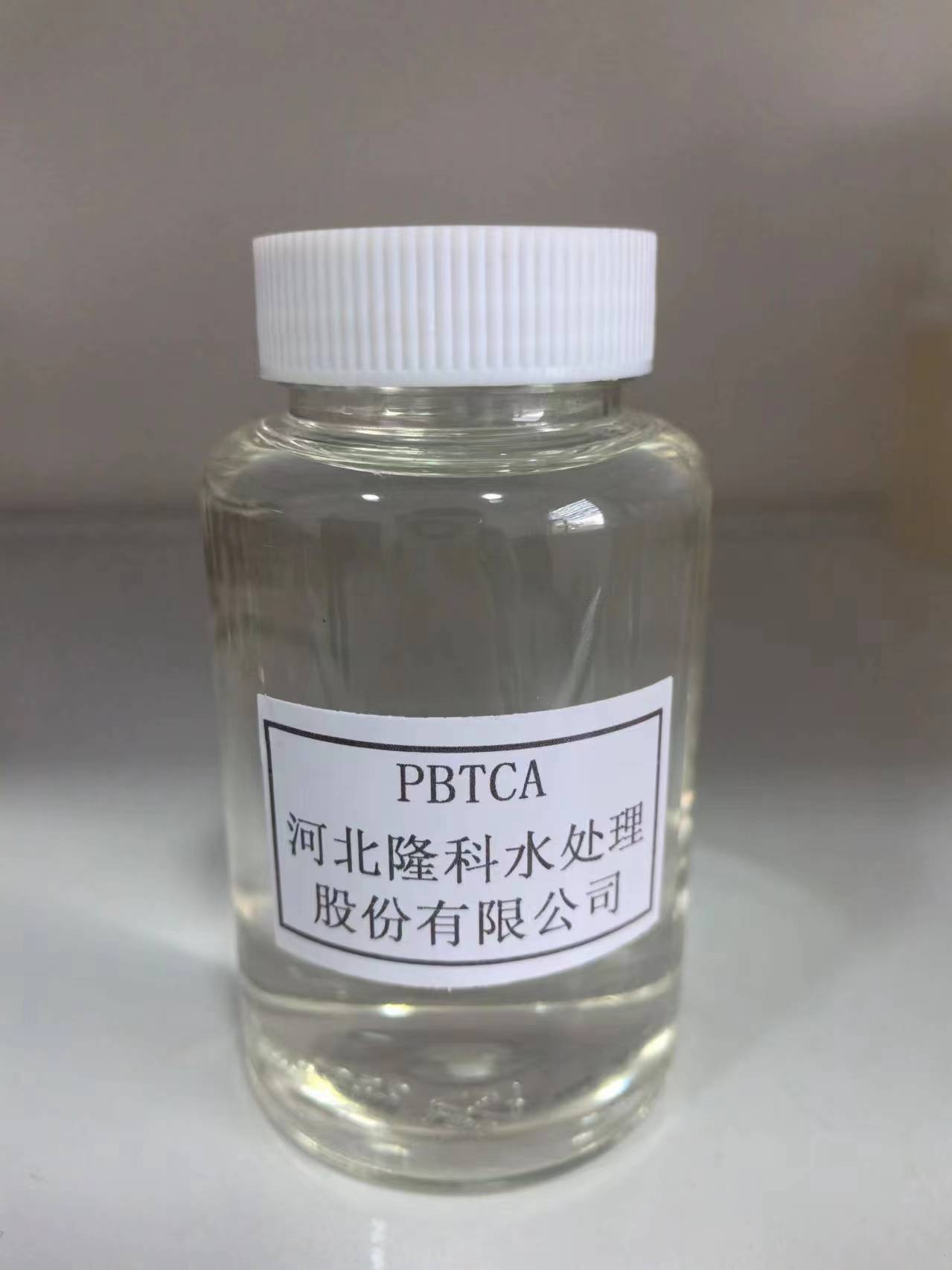function of poly aluminium chloride in water treatment
The Function of Poly Aluminium Chloride in Water Treatment
Water treatment is a critical process for ensuring the availability of safe and clean water for human consumption, agricultural use, and industrial activities. Among the various chemicals utilized in water treatment processes, Poly Aluminium Chloride (PAC) has gained popularity due to its effectiveness and efficiency in treating water. This article explores the function of PAC in water treatment and its advantages over traditional coagulants.
Understanding Poly Aluminium Chloride
Poly Aluminium Chloride is a type of inorganic polymer, composed of aluminum ions and chloride ions. It is primarily produced through the neutralization reaction of hydrochloric acid and aluminum hydroxide, resulting in a polymeric form of aluminum. PAC is known for its versatility and is available in various forms, including liquid and powdered states. Its chemical structure allows it to function as a coagulant, flocculant, and clarifying agent in water treatment processes.
Function in Water Treatment
The primary function of PAC in water treatment is to facilitate the removal of suspended particles, colloidal matter, and impurities from water. This process begins with coagulation, where PAC molecules are added to the water, causing positive charges to neutralize the negative charges on suspended particles. As a result, these particles can aggregate and form larger clumps called flocs. The flocculation process follows, where these flocs further combine to form larger aggregates that can settle out of the water more easily.
Once the flocs have formed, the water undergoes sedimentation or flotation, leading to the separation of the flocs from the treated water. The remaining clear water can then be further treated through additional processes such as filtration and disinfection to ensure that it meets safety standards for drinking and usage.
Advantages of Using PAC
1. Higher Efficiency One of the main advantages of PAC over traditional coagulants like Alum (Aluminum Sulfate) is its higher coagulation efficiency. PAC can work effectively in a broader range of pH levels, typically between pH 5 to 9. This flexibility allows for optimal performance under varying water conditions, making it particularly effective for a diverse array of water sources.
function of poly aluminium chloride in water treatment

2. Improved Settling Characteristics PAC-treated water tends to result in flocs with better settling characteristics compared to those formed with traditional coagulants. This means that the time and energy required for sedimentation can be reduced, leading to more efficient water treatment processes.
3. Lower Dosage Requirements The coagulation process using PAC generally requires lower dosages than traditional coagulants. This translates to reduced chemical handling and disposal costs, which is a significant advantage for water treatment facilities aiming to minimize operational expenses.
4. Reduced Sludge Production PAC produces less sludge when compared to Alum and other coagulants. The reduced volume of sludge not only lowers disposal costs but also minimizes the environmental impact associated with waste management.
5. Enhanced Water Quality PAC can effectively remove organic materials, color, and turbidity from water, leading to an enhanced quality of treated water. This is particularly important for drinking water and industrial applications where water quality is paramount.
Environmental Considerations
While PAC offers numerous benefits for water treatment, it is essential to consider its environmental impact. Proper handling and disposal of PAC sludge must be managed to prevent potential contamination of soil and groundwater. Moreover, ongoing research is focused on optimizing dosing techniques and exploring alternative coagulants to further enhance the sustainability of water treatment processes.
Conclusion
In conclusion, Poly Aluminium Chloride plays a pivotal role in modern water treatment practices. Its ability to efficiently coagulate and flocculate impurities while producing less sludge makes it a preferred choice among water treatment facilities. With its versatility and effectiveness under various conditions, PAC not only simplifies the water treatment process but also contributes to the overall improvement of water quality. As the demand for clean water continues to rise, understanding and utilizing effective treatment chemicals like PAC will be essential for ensuring safe and sustainable water resources for future generations.
-
Water Treatment with Flocculant Water TreatmentNewsJun.12,2025
-
Polymaleic AnhydrideNewsJun.12,2025
-
Polyaspartic AcidNewsJun.12,2025
-
Enhance Industrial Processes with IsothiazolinonesNewsJun.12,2025
-
Enhance Industrial Processes with PBTCA SolutionsNewsJun.12,2025
-
Dodecyldimethylbenzylammonium Chloride SolutionsNewsJun.12,2025





